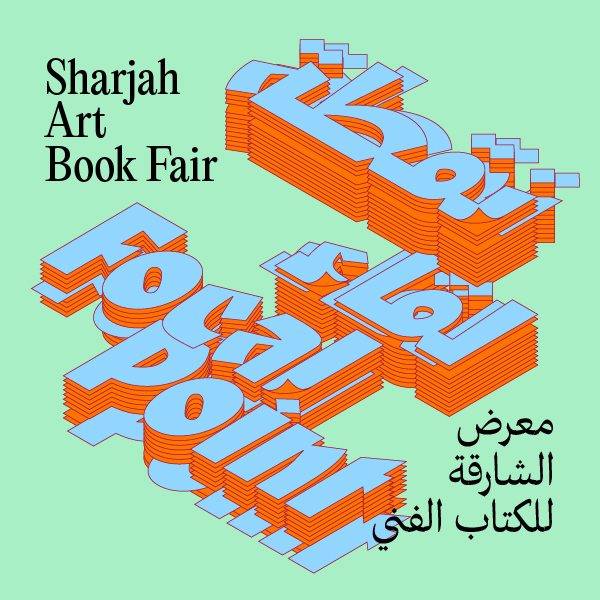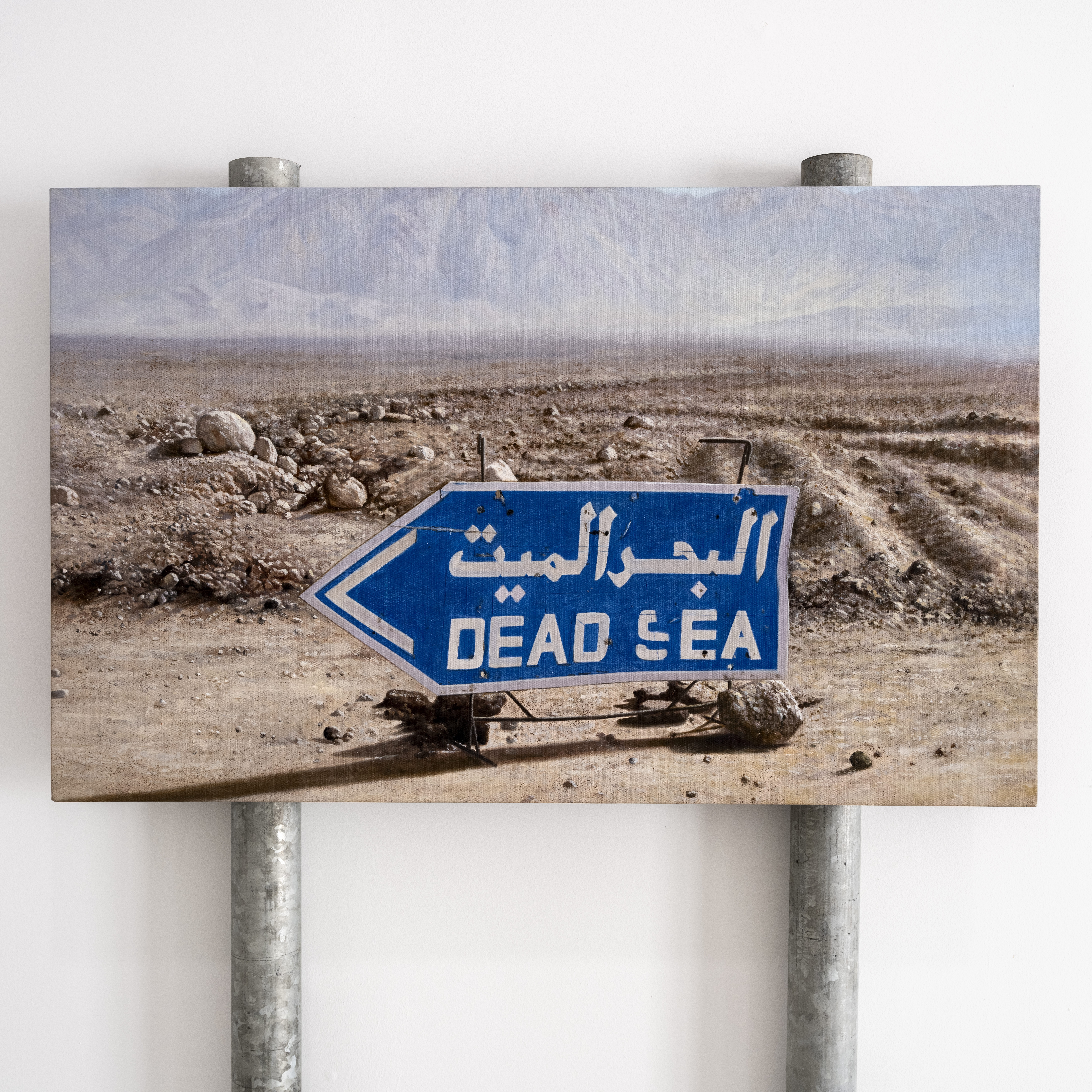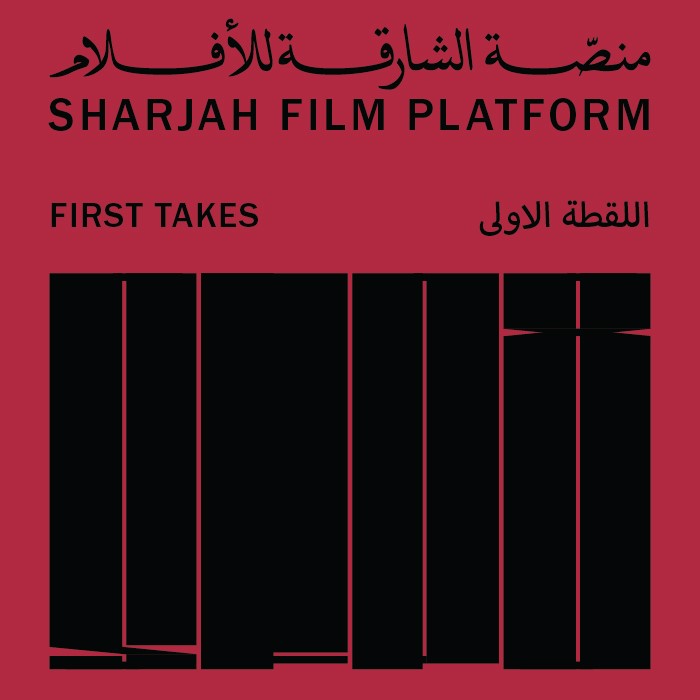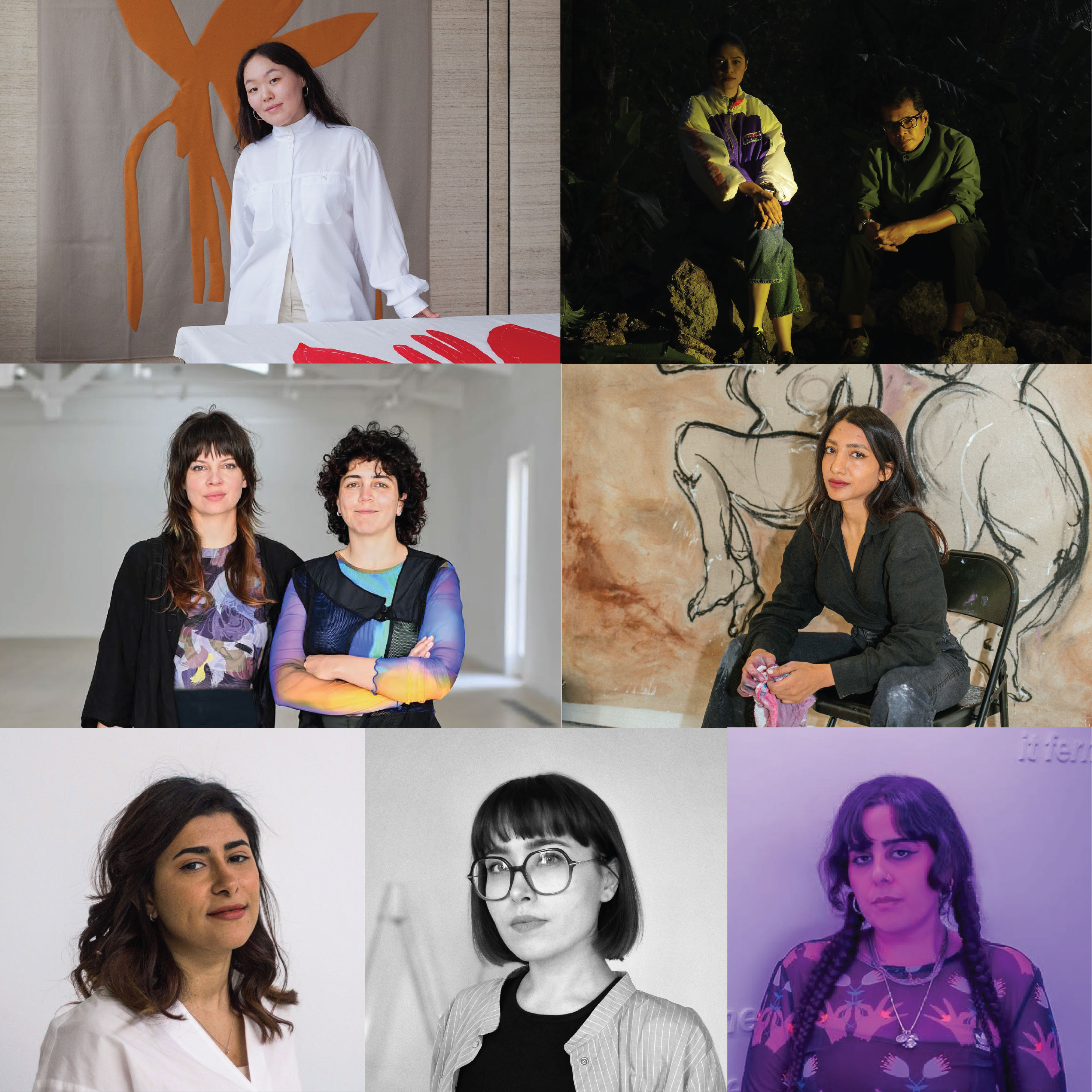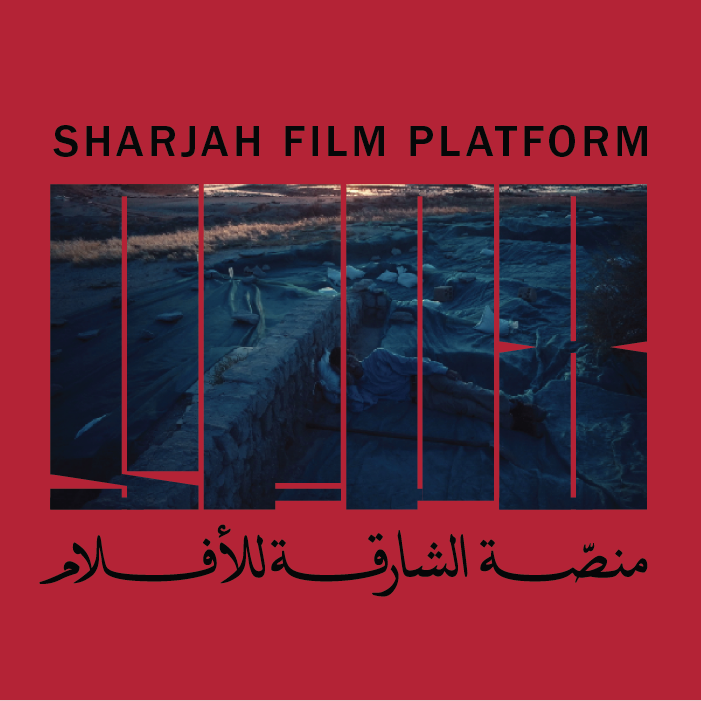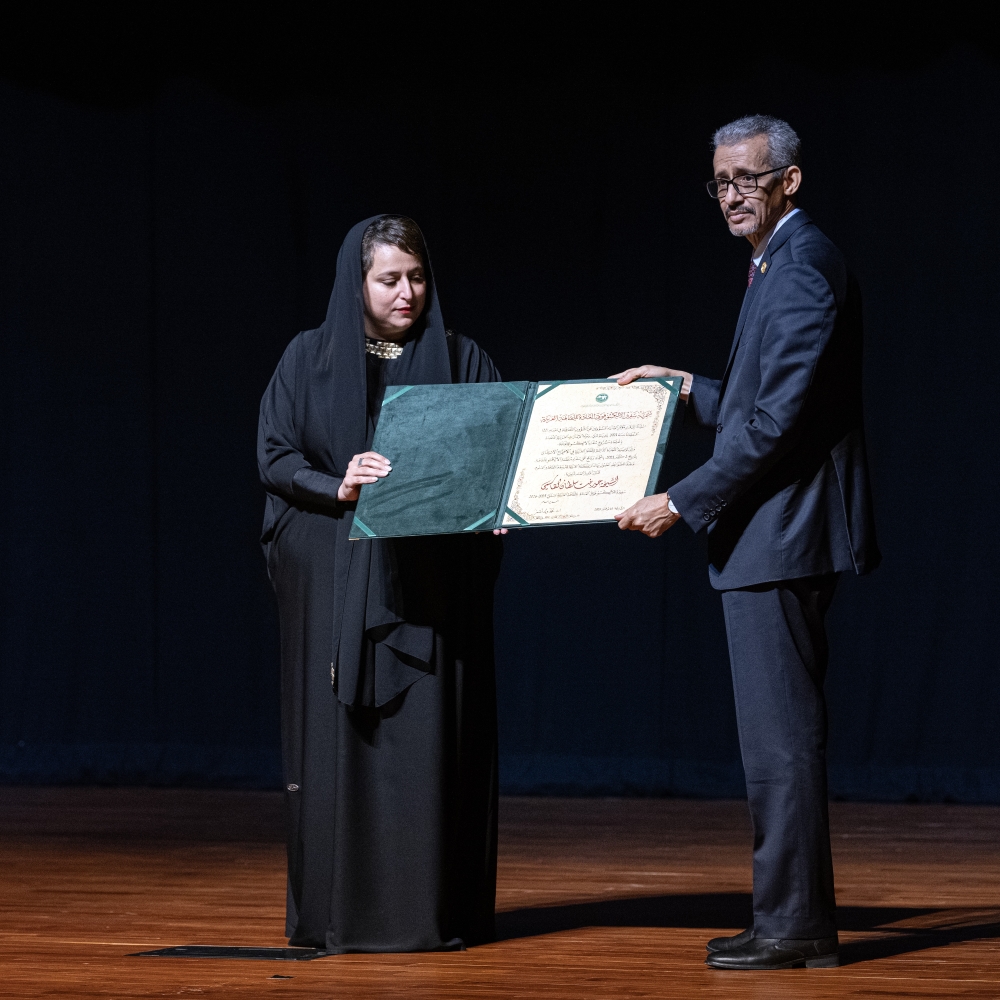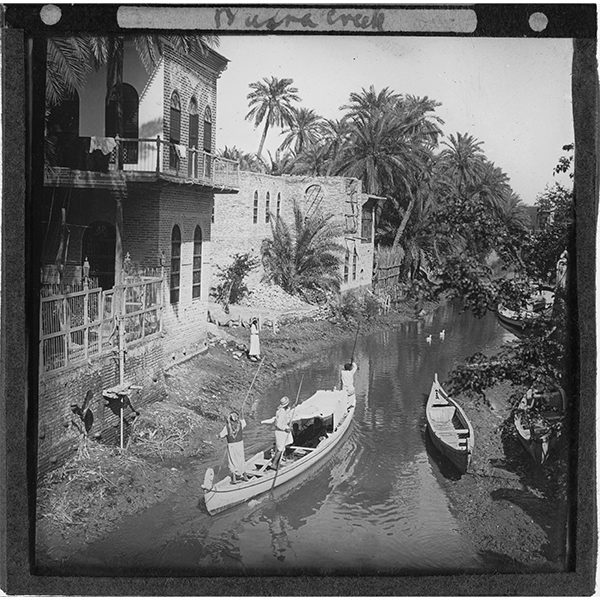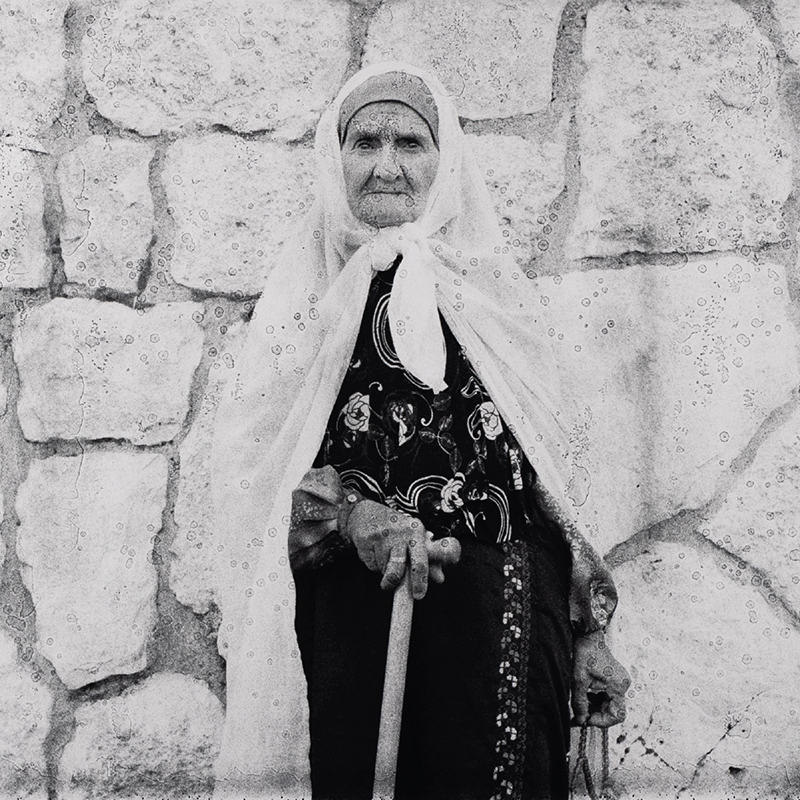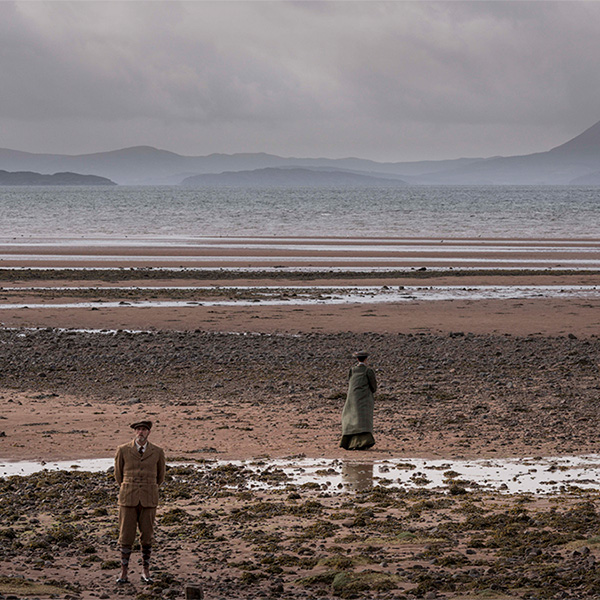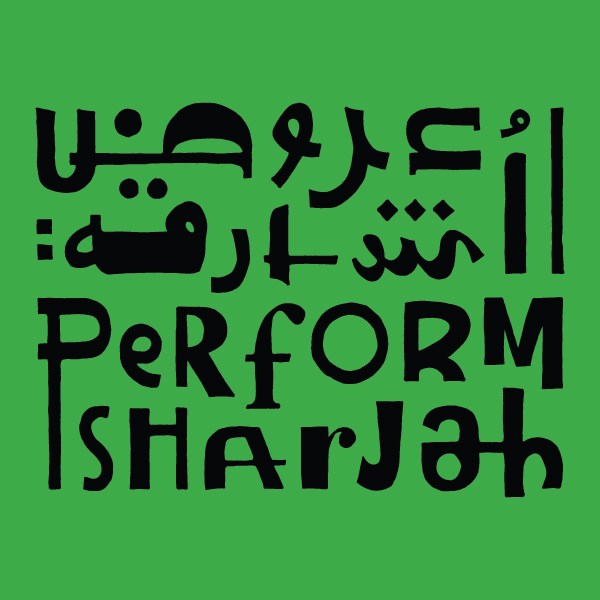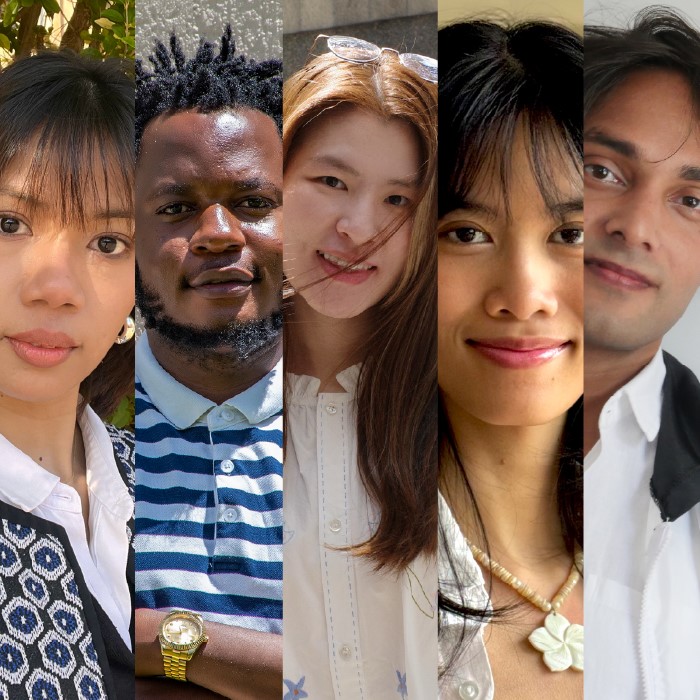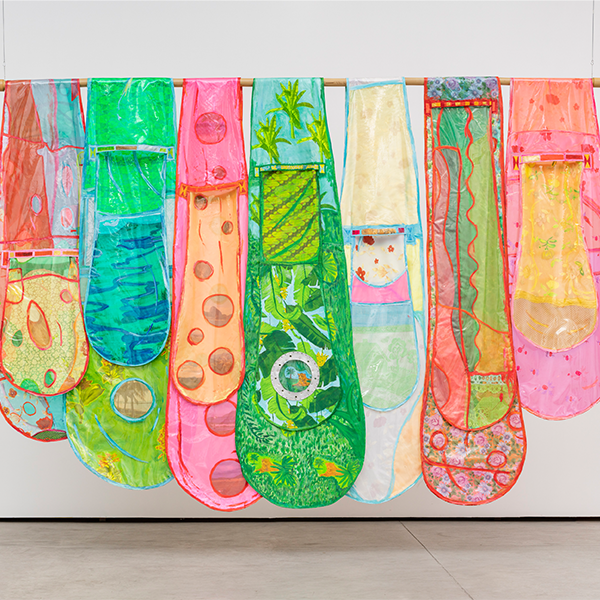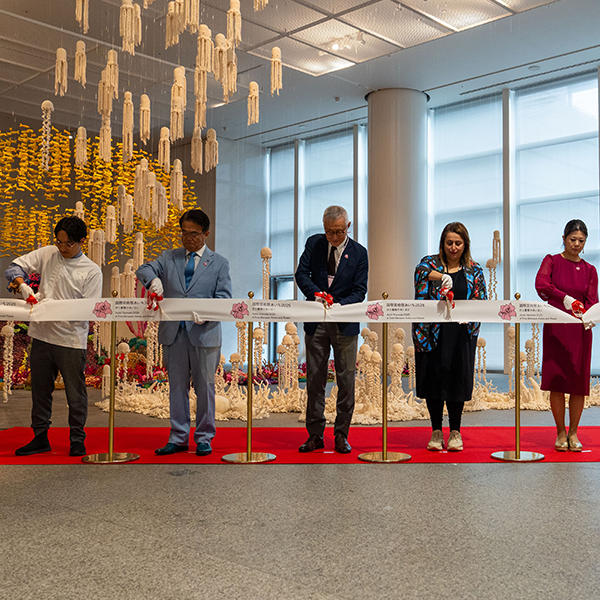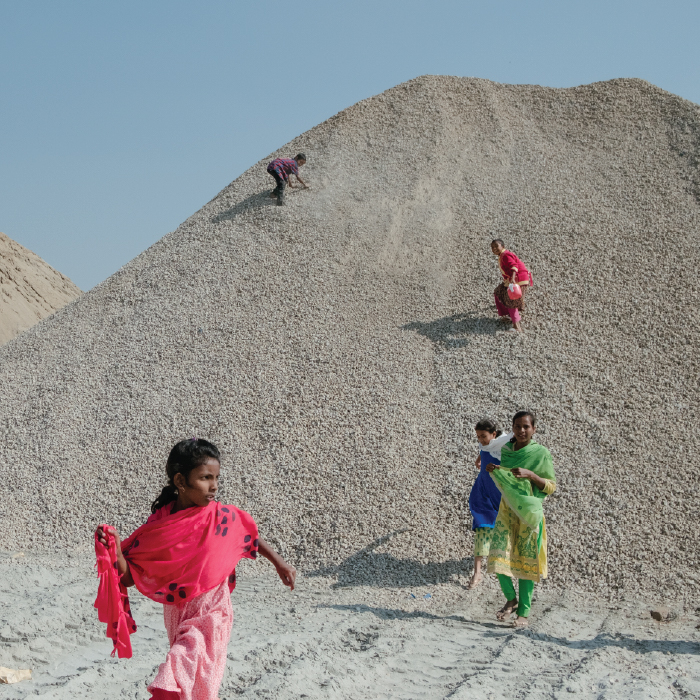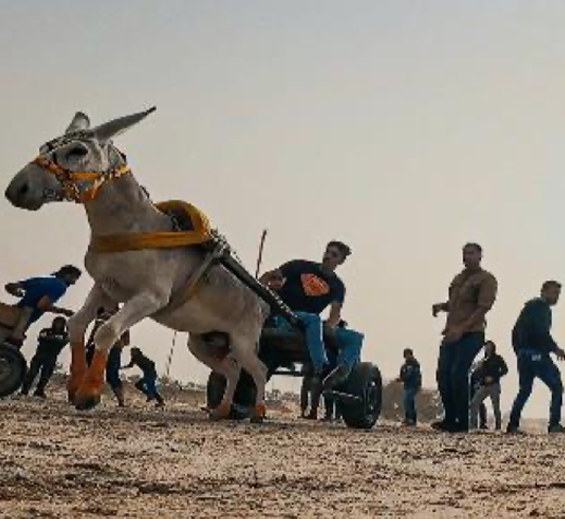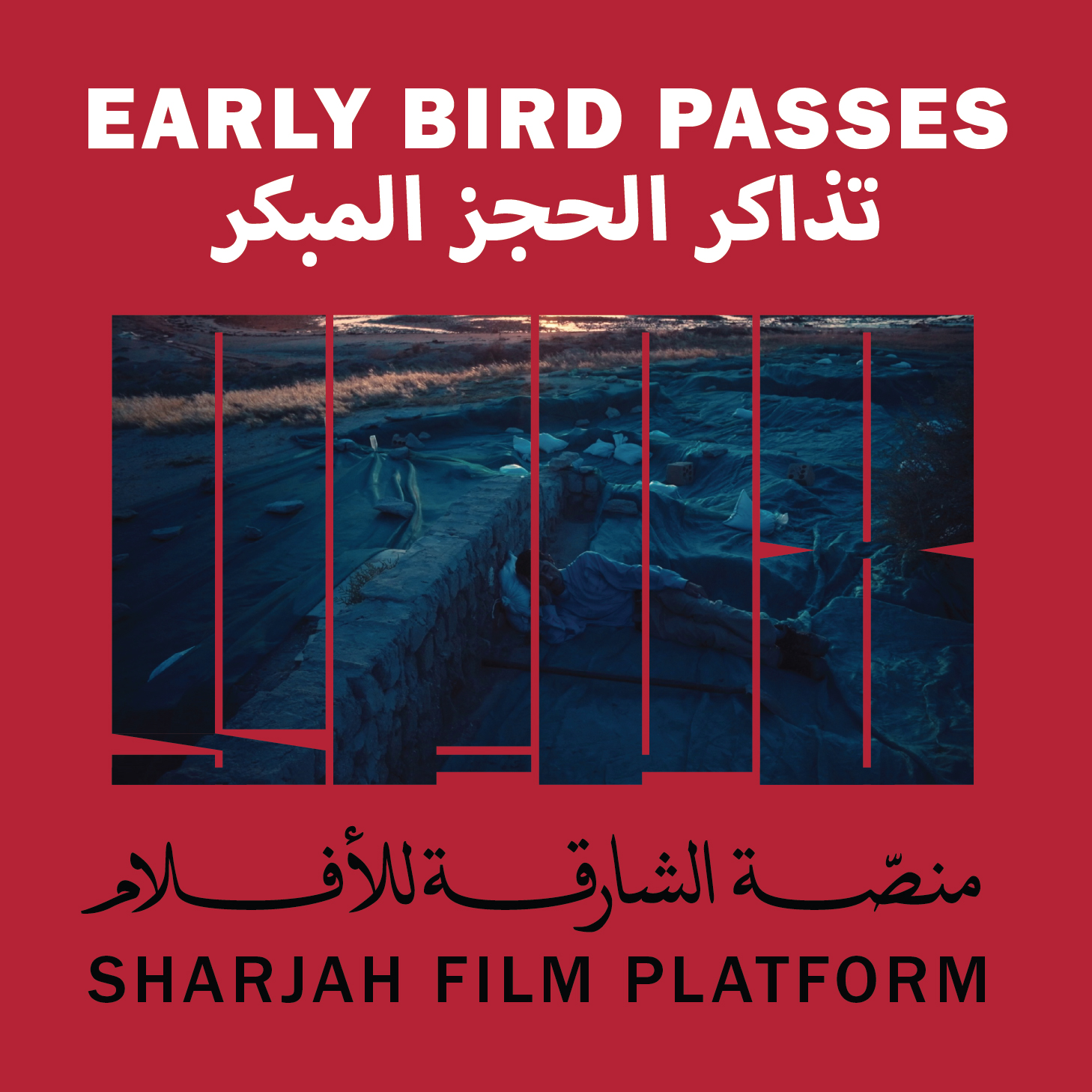Sharjah Art Foundation Press
Welcome to the Sharjah Art Foundation online Press Office. Here you will find copies of current and past press releases. For further information and access to high resolution images please contact press@sharjahart.org
Focal Point returns this December
Published on 10 December 2025
The eighth edition highlights community-led publications, hands-on workshops and book launches including Plestia Alaqad’s The Eyes of Gaza: A Diary of Resilience
Last chance to catch Sharjah Art Foundation’s I Once Had a Day, an exploration of displacement, remembrance and cultural survival in Palestine
Published on 9 December 2025
The exhibition unfolds as a conversation across generations, invoking the land not as a geographic entity, but as a witness
Sharjah Art Foundation announces 2026 spring programme, including major exhibitions and March Meeting
Published on 26 November 2025
Sharjah Art Foundation announces Sharjah Film Platform 8 award winners
Published on 25 November 2025
Sharjah Art Foundation launches First Takes to spotlight young filmmakers from leading UAE universities
Published on 21 November 2025
Sharjah Film Platform's new segment presents 12 short films by students and recent graduates
Sharjah Art Foundation announces the first cohort of artists for its Residency Programme 2025-2026
Published on 18 November 2025
Seven international artists and collectives have been selected out of nearly 2,400 applicants to the Open Call for the Residency Programme 2025-2026
Sharjah Film Platform returns for its eighth edition with bold new voices in global cinema
Published on 11 November 2025
Sharjah Art Foundation’s annual film festival runs from 14 to 23 November 2025 with an expanded programme of screenings, talks and artist development initiatives
Her Highness Sheikha Hoor Bint Sultan Al Qasimi appointed 2025–2026 Ambassador Extraordinary for Arab Culture by ALECSO
Published on 10 November 2025
Photographic Encounters along the Gulf Coasts presents historic images from the Collection of His Highness Sheikh Dr Sultan bin Mohammed Al Qasimi
Published on 6 November 2025
The Sharjah Art Foundation exhibition explores how photography interprets history and situates the contemporary Gulf within its rich past
Sharjah Art Foundation opens Image Keepers, the inaugural exhibition of its new Photography Gallery in Sharjah
Published on 29 October 2025
A curated selection from the Sharjah Art Foundation Collection presents a panorama of artistic experimentation and engagement through the medium of photography
Of Land and Water brings works from the Sharjah Art Foundation Collection to Kalba
Published on 15 October 2025
Artworks featured in the exhibition reflect on borders, statehood and interconnectedness
Dream City 2025 features selected works from Sharjah Art Foundation Collection
Published on 9 October 2025
The works on display are drawn from In the eyes of our present, we hear Palestine, a 2023 Sharjah Art Foundation exhibition highlighting Palestinian artists
Perform Sharjah’s fourth season brings compelling local and international performances to Sharjah and Khorfakkan
Published on 8 October 2025
The programme celebrates the richness of contemporary performing arts with engaging shows this October and November
Sharjah Art Foundation announces winners of first PARA Fellowship for art writers
Published on 6 October 2025
Five writers from Asia and Africa chosen for mentorship and global networking opportunities in art criticism and cultural theory
Sharjah Art Foundation presents the largest survey of Leda Catunda outside Brazil
Published on 16 September 2025
I like to like what others are liking traces four decades of sensuous excess and material play, exploring the emotional textures of everyday life
Sharjah Art Foundation announces open call for the 13th edition of Vantage Point Sharjah
Published on 11 September 2025
The programme will now offer dedicated Photography Gallery space and enhanced artist support
Sharjah Art Foundation presents Sharjah Film Platform Montage at Emami Art Experimental Film Festival
Published on 9 September 2025
Sharjah Art Foundation offers Early Bird Passes for Sharjah Film Platform’s 8th Edition
Published on 4 September 2025
Priced at AED 40, the special pass includes unlimited access to all films during the festival, featuring award-winning titles premiering in the UAE from 14 to 23 November 2025
